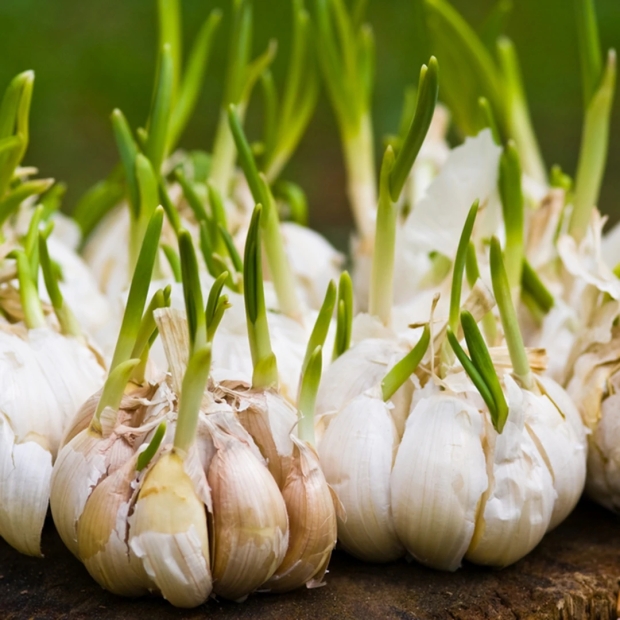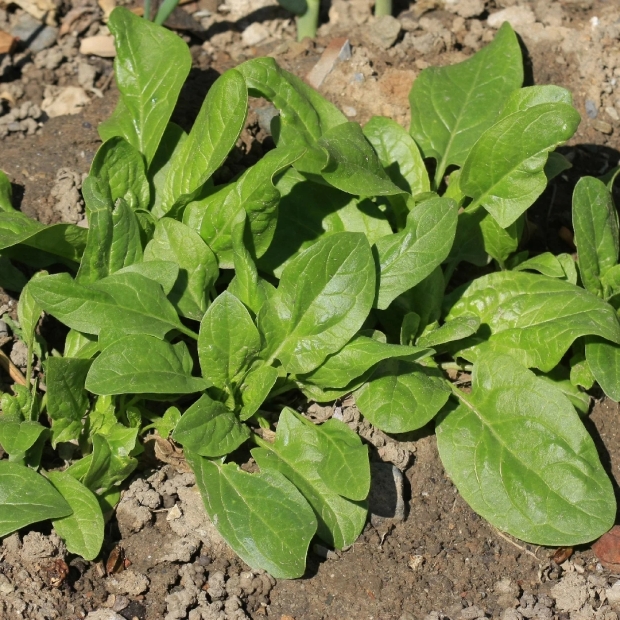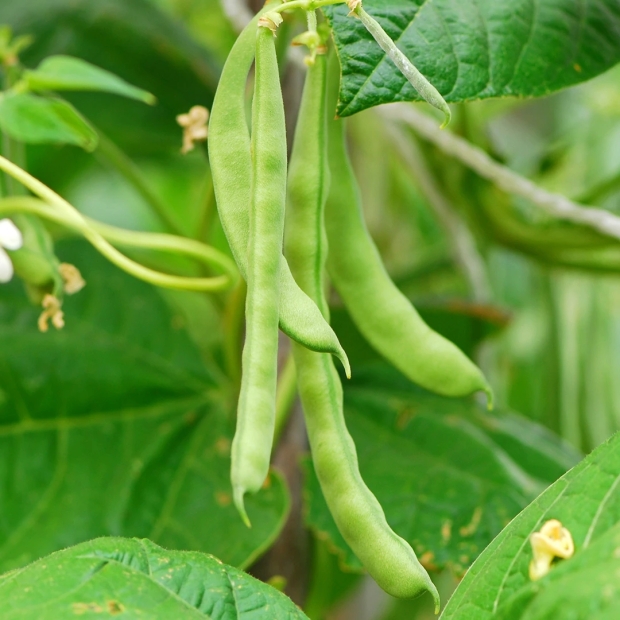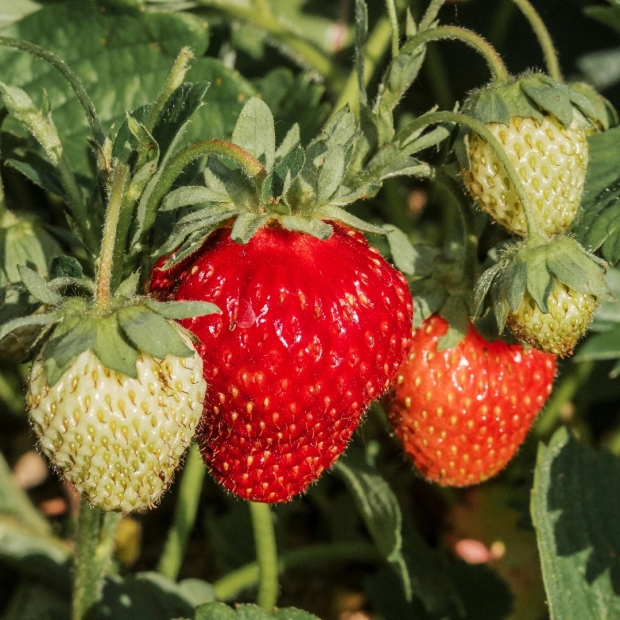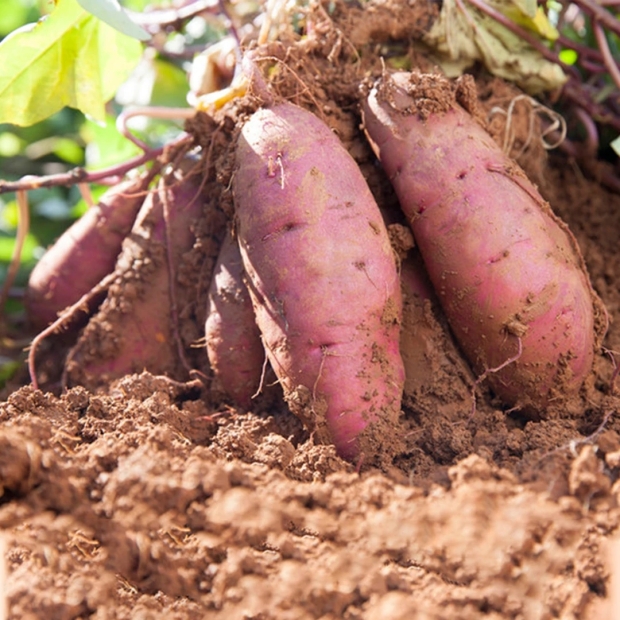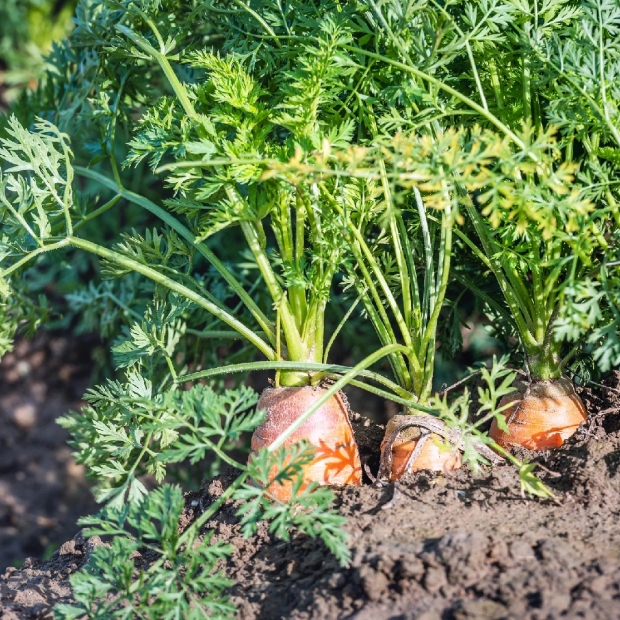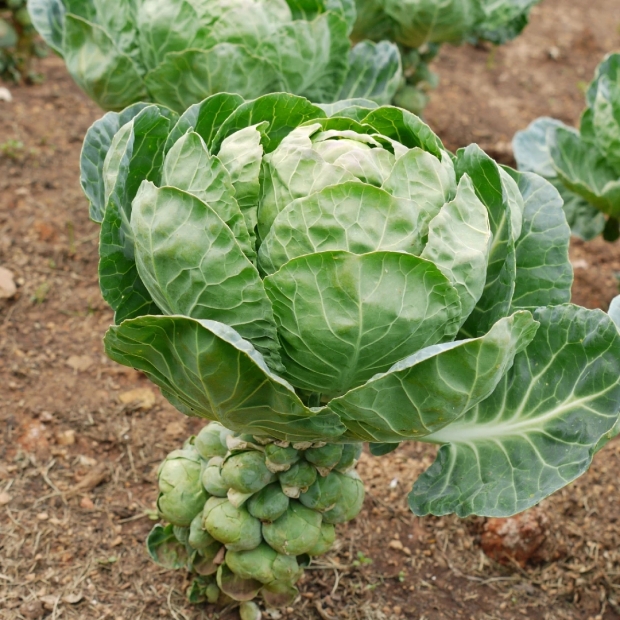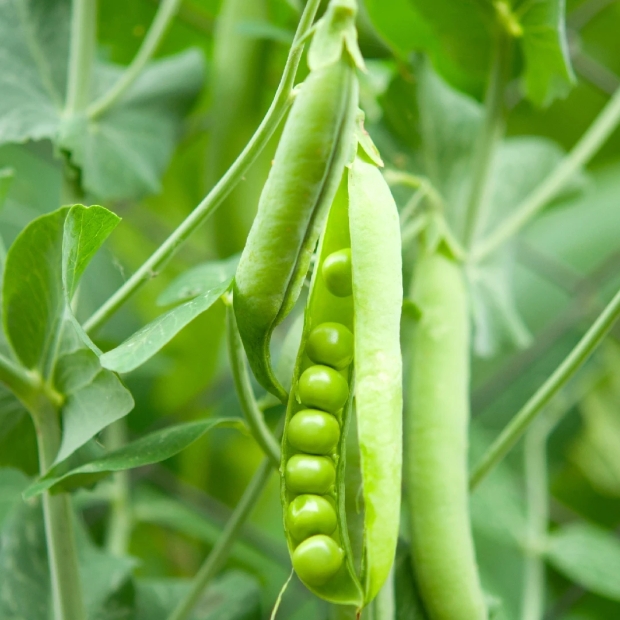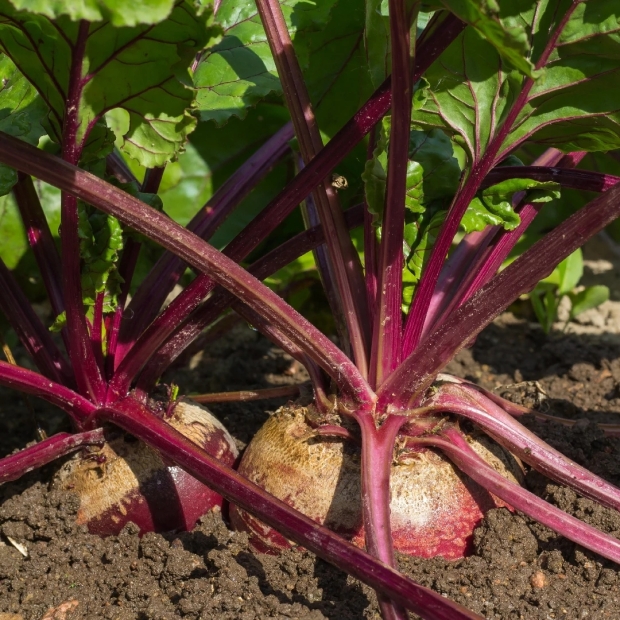Broccoli
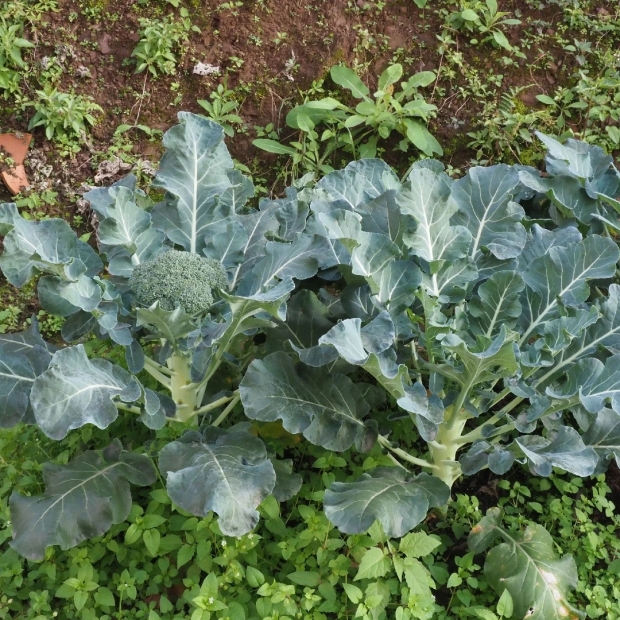
Broccoli (Brassica oleracea var. italica) is a nutritious, cool-weather crop in the cabbage family grown extensively worldwide, both commercially and in home gardens. It is eaten as a nutritious vegetable, raw or cooked, and is frequently added to salads, casseroles, or vegetable platters. Its name comes from a similar Italian word that means “the flowering crest of a cabbage.”
